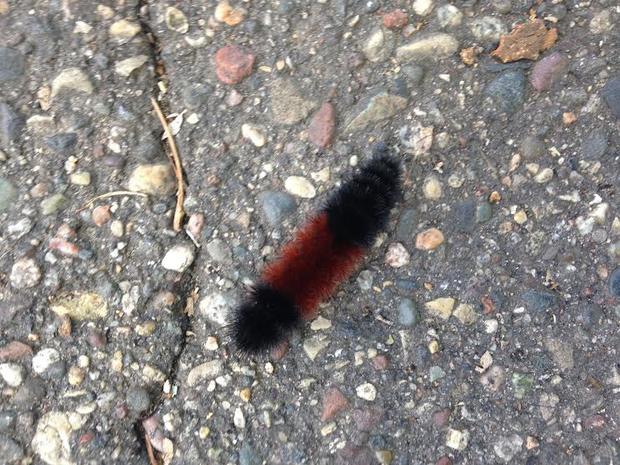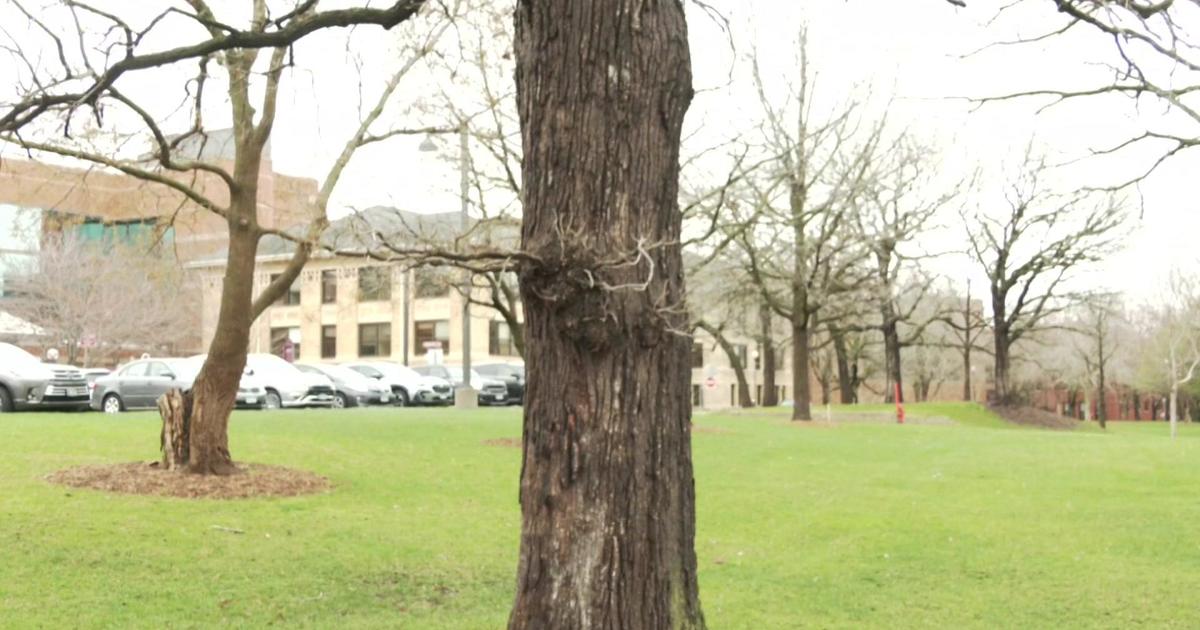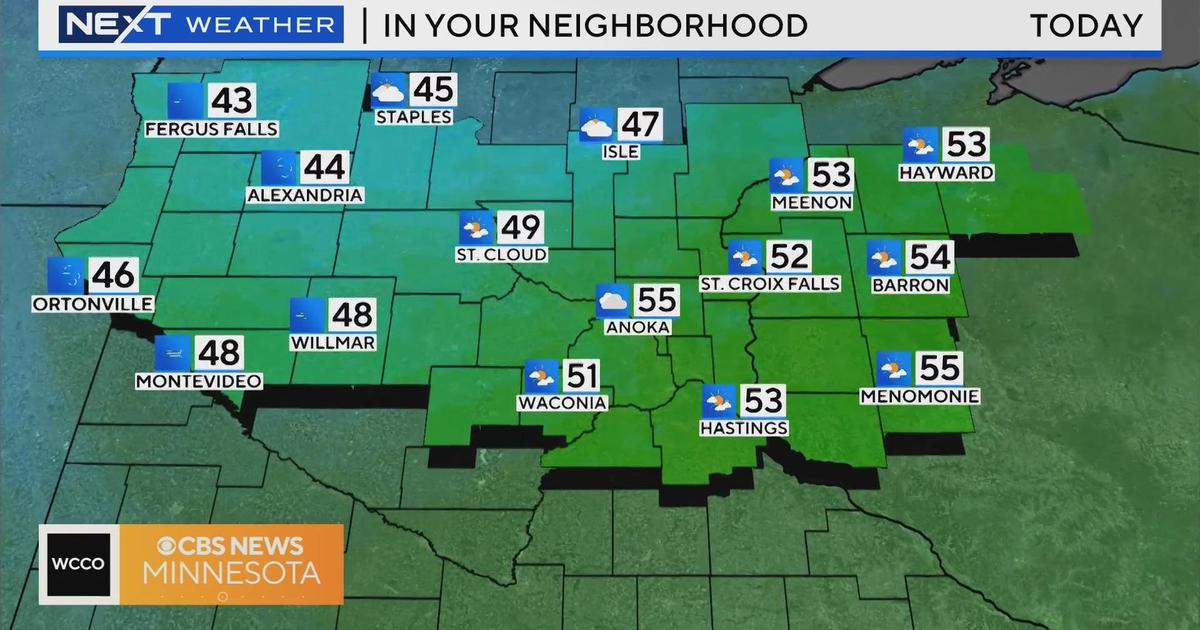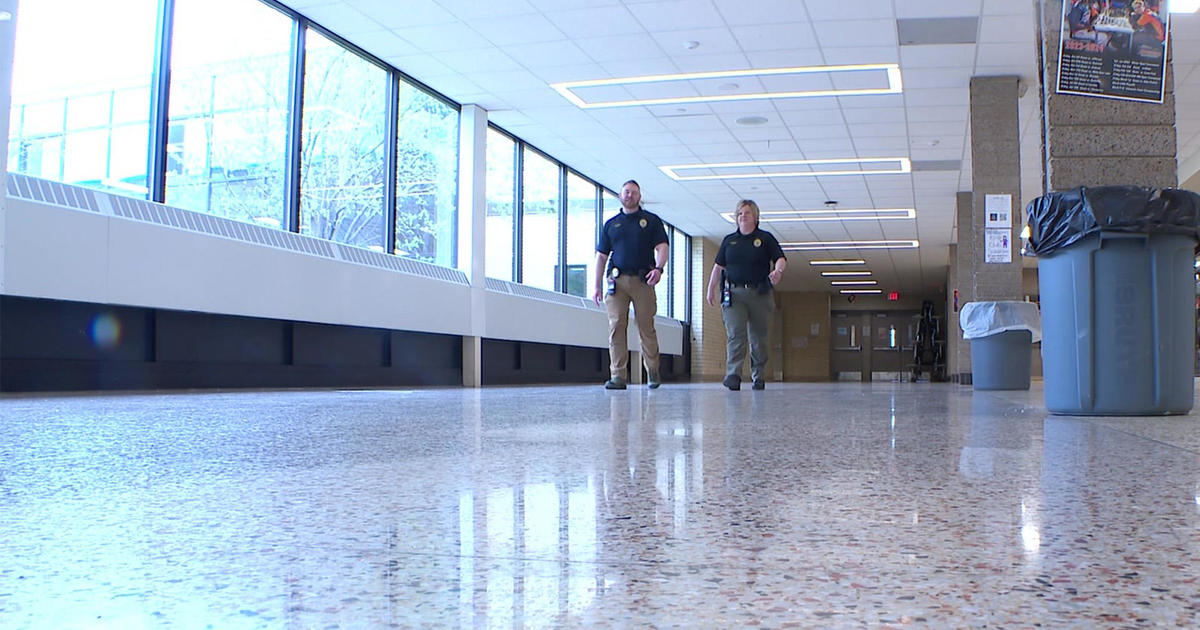Weather Blog: What's NOAA's Winter Outlook Say About Minn.?
Let's face it, I chose a good time to move back to Minnesota – right after an especially cold winter. With an average temperature of only 9.7 degrees, last year's meteorological winter (December-February) ranked ninth in the list of coldest winters for the Twin Cities since 1872.
The National Oceanic and Atmospheric Administration (NOAA) just released its Winter Outlook for 2014-2015 on Thursday.
The highlights for Minnesota? Not a whole lot.
The northern half of the state has a 33 percent chance of a warmer than normal winter. Otherwise, there's a 50/50 chance we could go either way on both precipitation and temperature.
The extreme southeastern corner of the state has a 33 percent chance of a drier than normal winter. Most of the country is looking at California, where they have been suffering from a severe drought. Even the slight chance of wetter than normal year is something to celebrate.
While this outlook can give us an idea of what is most likely to occur, long-range forecasting is not all that reliable. One way to look a few months ahead is to check out El Nino patterns. There has been a lot of talk about El Nino this year -- just look at the hurricanes in the eastern Pacific! Last week, NOAA released that the forecast for a weak El Nino is near 60-65 percent in the Northern Hemisphere. It is favored to begin in the next 1-2 months and last into spring of 2015. This falls in line with the general forecast for the next few months, but typically the upper Midwest isn't affected unless it's a particularly strong signal.
Other fun and completely unscientific winter forecasting: The Woolly Bear Caterpillar!
These funny little fuzzy caterpillars actually have a history of forecasting the winter weather! Sort of…
Here's the deal: they have 13 distinct segments of black and a reddish color. It's said that the wider the middle reddish section, the milder the coming winter. The more black sections, the worse the winter.
You might be laughing, but in 1948, Dr. C. H. Curran collected as many caterpillars as he could for the next eight years. He tried to prove scientifically that there was a connection. Most scientists discount the myth, but others say they actually tell you about the previous winter. I think that's a lot of pressure for the fuzzy creatures.
Then there's me…
The last three times I have moved (Colorado, Utah and Idaho,) I've arrived after an exceptionally cold/snowy winter. I would hear horror stories upon each move about the dreaded winter to come, and without fail – that first winter in each of these states was pretty mild. I have a habit of moving right after a terrible winter, and bringing the sunshine and warmer temps. Have I actually crunched the numbers and data? Nope. Just a pattern I've seen over the last decade. (And as previously noted, I just moved here a few weeks ago… after a pretty darn cold winter.)
So if this winter does end up being milder...You're welcome.
What are your predictions about this year's winter? Any folklore or myths worth watching for?






